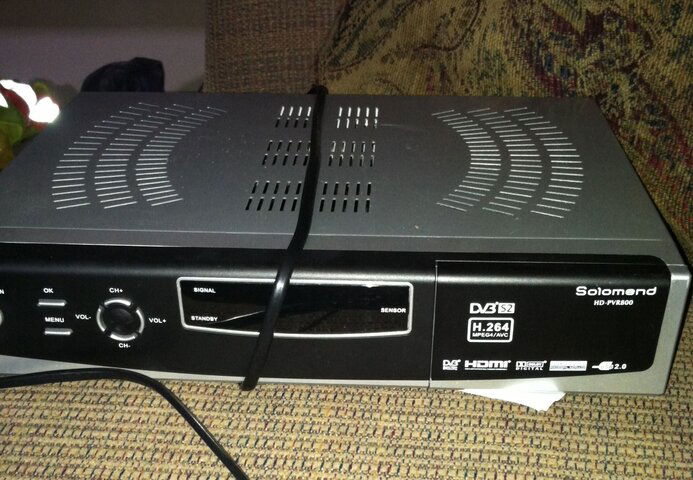I would like to gain some information / knowledge for some recommendations and confirming what I might or might not already know...
Location is middle Michigan. Driving around, I see a number of old large C-band dishes, that I assume at one point did the job, so I assume that errecting a C-band dish in this area would still be valid.
I am under the impression that trying to pull in some C-band sats on a smaller dish just won't work, and that a large dish is preferred. I would like to confirm this assumption.
At first, I am looking at just pointing the dish at a stationary bird, and then possibly in the future, adding a motor. For looking at picking up the 99.0W, is a 6-ft dish for this area sufficient in gaining the signals from 99.0W?
I am looking at the equipment off of this site, as I get a little bit of a discount - http://galaxy-marketing.com/WS1870P...ime-Focus-Satellite-Dish-with-Polar-Mount.htm - and am wondering if this particular dish would do the job, for 99.0W, and for future expansion.
At some point in the future, I might consider motorizing, and at that point, would this dish fit the bill? From links on the page, it appears that adding a motor is an option? Correct?
Would a C-band LNB be enough, or would getting a C / Ku LNB be better, for future expansion?
If C-band dish were motorized, does it only pick up C-band signals, or will it gain Ku signals from the arc as well, if there was a Ku LNB as well? Are both C / Ku satellites in the same arc? Or are the Ku birds in an arc of their own?
And as far as receivers are concerned, would just about any receiver be able to provide the needs for motorization and receiving the C / Ku signals? - http://galaxy-marketing.com/digital_receivers.htm
I am also wanting to have a stationary Ku dish aimed at 97.0W, while adding the C-band dish. The C-band dish would initially be stationary, with the motor in the future, so, would this scenario play into what type receiver to purchase? I see that some receiver protocols might not control certain motors?
Can a single receiver power the motors of both C- and Ku-band dishes?
Anyone's advice, experience, expertise, opinions, and recommendations are greatly appreciated.
Thank you for your time,
Robert
Location is middle Michigan. Driving around, I see a number of old large C-band dishes, that I assume at one point did the job, so I assume that errecting a C-band dish in this area would still be valid.
I am under the impression that trying to pull in some C-band sats on a smaller dish just won't work, and that a large dish is preferred. I would like to confirm this assumption.
At first, I am looking at just pointing the dish at a stationary bird, and then possibly in the future, adding a motor. For looking at picking up the 99.0W, is a 6-ft dish for this area sufficient in gaining the signals from 99.0W?
I am looking at the equipment off of this site, as I get a little bit of a discount - http://galaxy-marketing.com/WS1870P...ime-Focus-Satellite-Dish-with-Polar-Mount.htm - and am wondering if this particular dish would do the job, for 99.0W, and for future expansion.
At some point in the future, I might consider motorizing, and at that point, would this dish fit the bill? From links on the page, it appears that adding a motor is an option? Correct?
Would a C-band LNB be enough, or would getting a C / Ku LNB be better, for future expansion?
If C-band dish were motorized, does it only pick up C-band signals, or will it gain Ku signals from the arc as well, if there was a Ku LNB as well? Are both C / Ku satellites in the same arc? Or are the Ku birds in an arc of their own?
And as far as receivers are concerned, would just about any receiver be able to provide the needs for motorization and receiving the C / Ku signals? - http://galaxy-marketing.com/digital_receivers.htm
I am also wanting to have a stationary Ku dish aimed at 97.0W, while adding the C-band dish. The C-band dish would initially be stationary, with the motor in the future, so, would this scenario play into what type receiver to purchase? I see that some receiver protocols might not control certain motors?
Can a single receiver power the motors of both C- and Ku-band dishes?
Anyone's advice, experience, expertise, opinions, and recommendations are greatly appreciated.
Thank you for your time,
Robert



